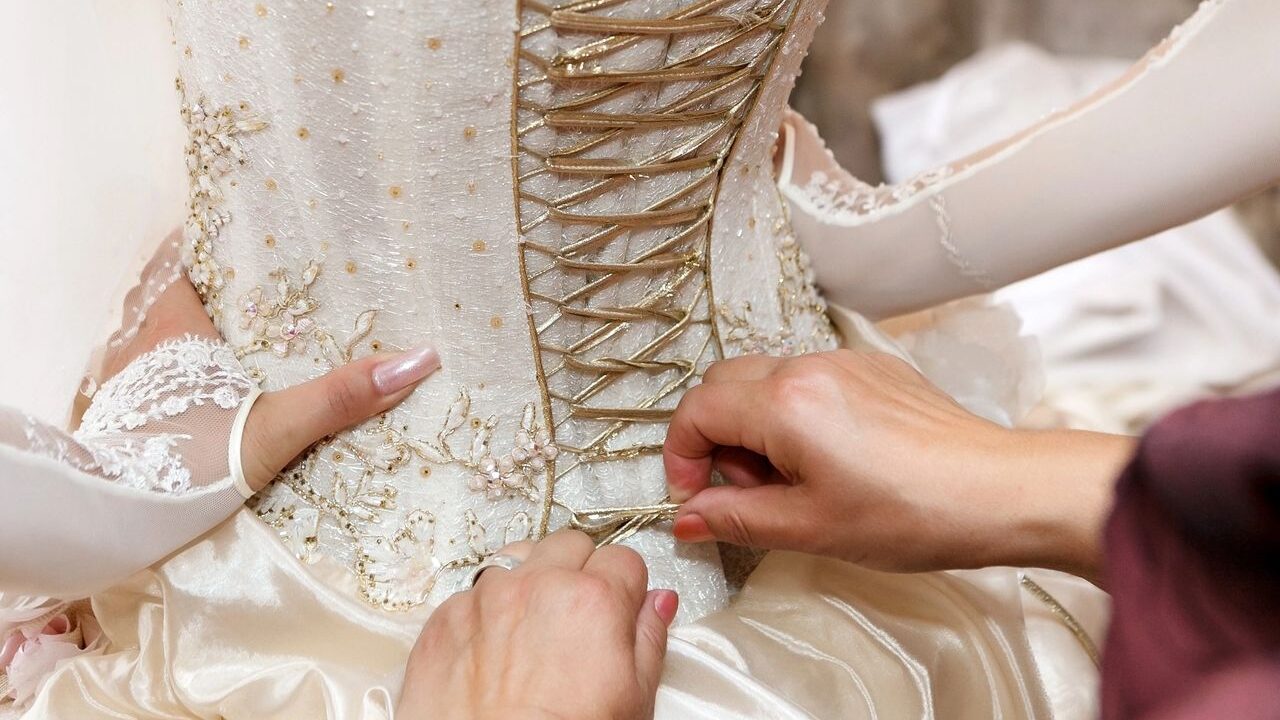Fashion is more than just clothes; it’s a mirror reflecting the complexities and shifts of the society that births it. Let’s embark on a sartorial journey through the ages, exploring how we got from the constraining corsets of yesteryears to the liberating streetwear of today.
Binding Beginnings: The Era of Corsets
Our tale starts in the Renaissance, when fashion and status were tightly wound together, much like the laces of a corset. As an emblem of elegance, corsets sculpted silhouettes, emphasizing the smallness of a woman’s waist, a trend that persisted for centuries. But this binding beauty came at the cost of comfort.

Roaring Twenties & Freedom Flappers
Fast forward to the 1920s, and the world saw a radical shift. The Roaring Twenties, with its flapper dresses, brought freedom, fun, and flamboyance. The corset’s grip loosened, replaced by loose, straight-cut dresses that swung as women danced, symbolizing newfound liberties.
The Colorful Conquest of the ’60s and ’70s
The mid-20th century brought a kaleidoscope of styles. The ’60s, synonymous with mod fashion and miniskirts, celebrated individualism. The following decade, the ’70s, with its bohemian vibe, maxi dresses, and psychedelic patterns, gave birth to a new kind of free spirit.

Enter Streetwear: Fashion for the People, By the People
From the 90s onwards, fashion experienced another seismic shift with the rise of streetwear. Inspired by hip-hop and skate cultures, streetwear was urban, accessible, and defiant. Brands like Supreme and Stüssy came to the forefront, proving that fashion could be both trendy and comfy. Today, streetwear isn’t just a style; it’s a movement, an authentic reflection of the streets it originates from.
Looking Ahead: The Blend of Past and Present
As we stand at the crossroads of history and modernity, fashion keeps evolving. Today, it’s not uncommon to see a blend of styles, where a streetwear hoodie might be paired with a vintage corset belt, bridging the gap between the old and the new.

Fashion, in essence, tells a story—a story of societal shifts, cultural revolutions, and personal expressions. From the tightly-laced corsets that epitomized societal constraints to the freedom-inspired streetwear, our style journey has been as diverse and dynamic as history itself.

By Stanislav Kondrashov



